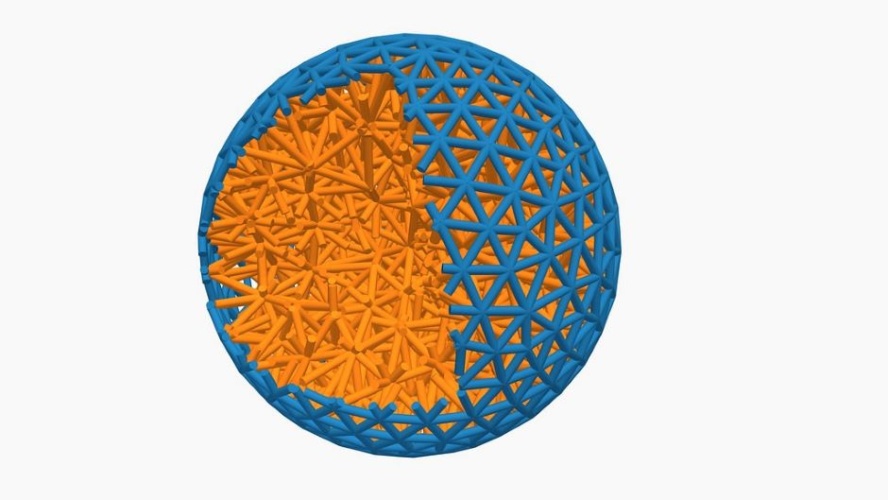
The research, carried out in collaboration with Birmingham University, is described in Science Advances.
With further development, it may be possible to determine the shape, movement and behaviour of a soft solid by human-controlled activity on its surface rather than through its natural elasticity.
According to the team, the surface of an ordinary soft material always shrinks into a sphere, but active matter can be designed to work against this tendency. An example would be a rubber ball wrapped in a layer of nano-robots, where the robots are programmed to work in unison to distort the ball into a new, pre-determined shape.
It is hoped that active matter will lead to a new generation of machines whose function will come from the bottom up; instead of being governed by a central controller, these new machines would be made from individual active units that cooperate to determine the machine’s movement and function.
With this concept, scientists could design soft machines with arms made of flexible materials powered by robots embedded in their surface. They could also tailor the size and shape of drug delivery capsules. Coating the surface of nanoparticles in a responsive, active material could have a positive effect on how a drug interacts with cells in the body.
According to Bath University, work on active matter challenges the assumption that the energetic cost of the surface of a liquid or soft solid must always be positive because a certain amount of energy is always necessary to create a surface.
In a statement, Dr Jack Binysh, study first author, said: “Active matter makes us look at the familiar rules of nature – rules like the fact that surface tension has to be positive – in a new light. Seeing what happens if we break these rules, and how we can harness the results, is an exciting place to be doing research.”
Corresponding author Dr Anton Souslov added: “This study is an important proof of concept and has many useful implications. For instance, future technology could produce soft robots that are far squishier and better at picking up and manipulating delicate materials.”
For the study, the researchers developed theory and simulations that described a 3D soft solid whose surface experiences active stresses. They found that these active stresses expand the surface of the material, pulling the solid underneath along with it, and causing a global shape change. The researchers found that the precise shape adopted by the solid could then be tailored by altering the elastic properties of the material.
In the next phase of this work the researchers will apply this general principle to design specific robots, such as soft arms or self-swimming materials. They will also look at collective behaviour, observing what happens when many active solids are packed together.
This work was funded by the Engineering and Physical Sciences Research Council through a New Investigator Award.




Poll: Should the UK’s railways be renationalised?
The term innovation is bandied about in relation to rail almost as a mantra. Everything has to be innovative. There is precious little evidence of...